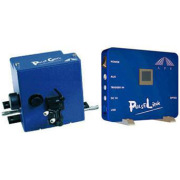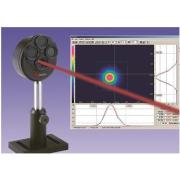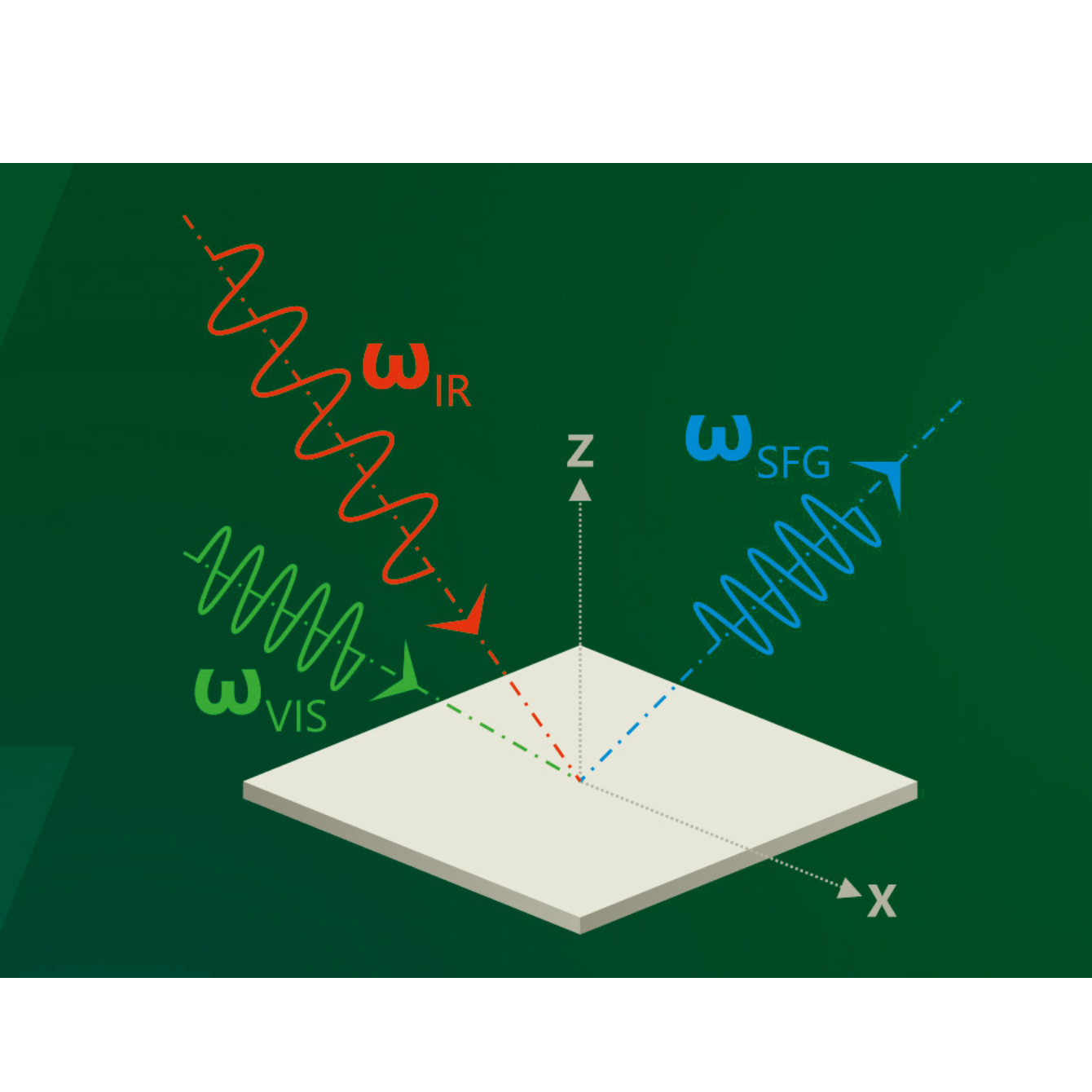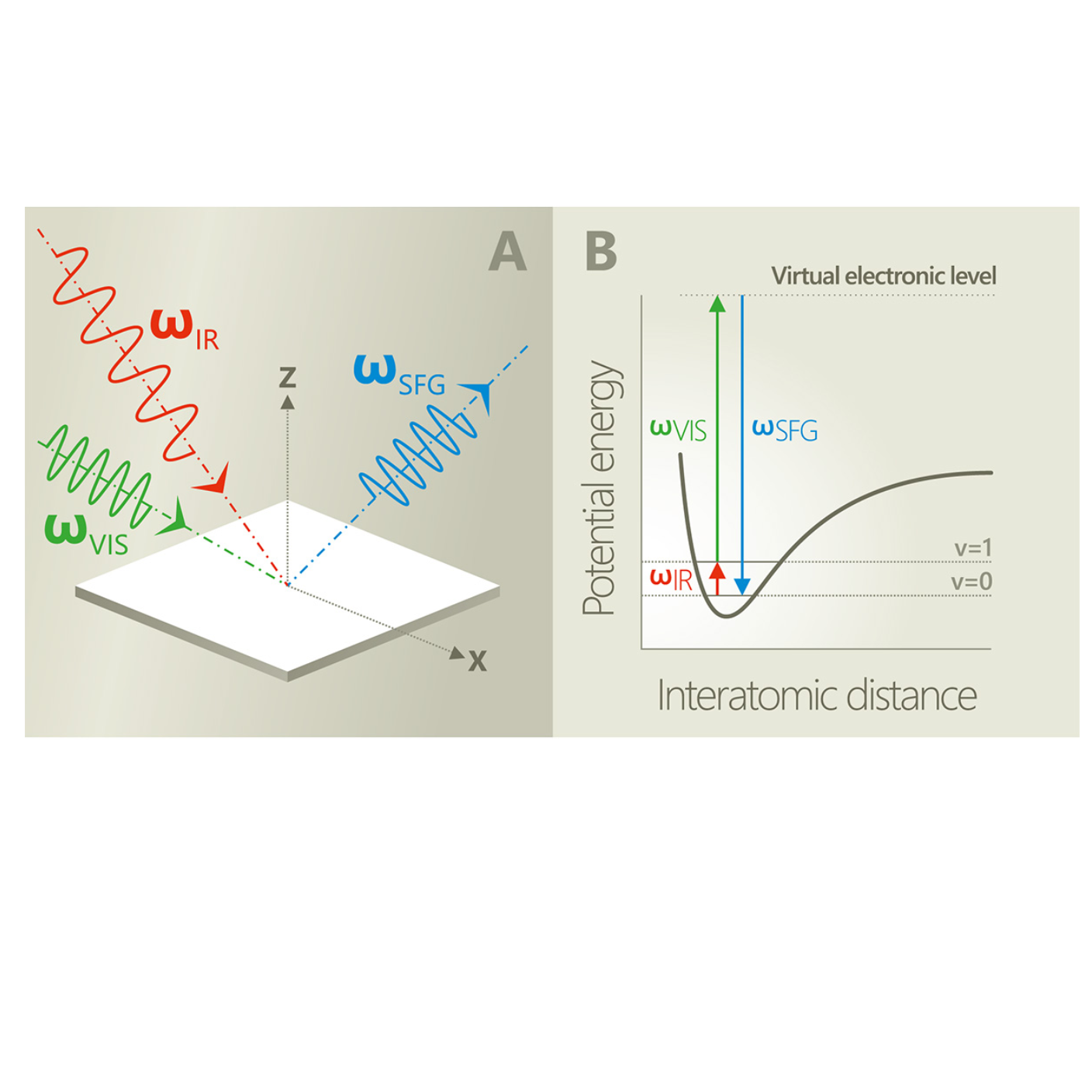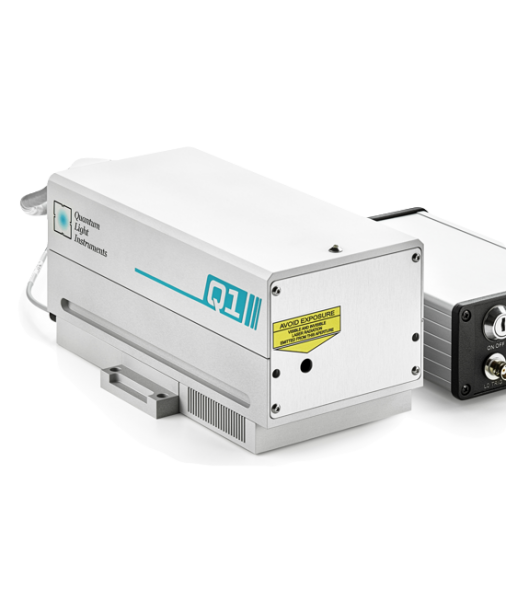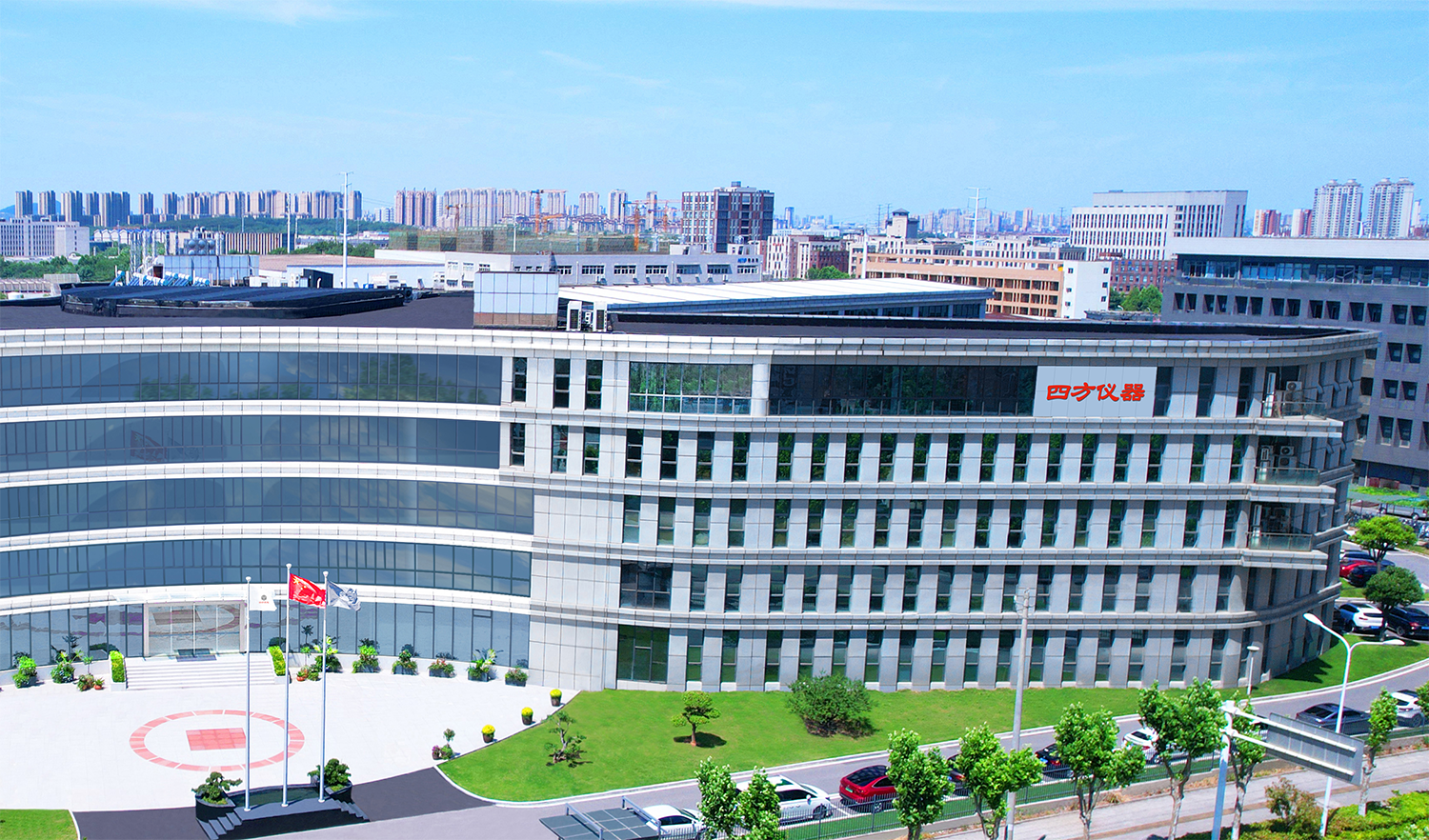Ekspla UltraFlux HR型高重复频率波长可调谐飞秒OPCPA系统
报价 ¥50万 - 100万
- 210-960
- 14 at 1kHz
UltraFlux HR series
datasheet
Tunable wavelength femtosecond OPCPA system
750 – 960 nm, 375 – 480 nm, 250 – 320 nm and 210 – 230 nm tuning ranges
Up to 14 mJ pulse energy at 1 kHz repetition rate
Perfectly synchronized fs and ps outputs option
Features & Applications
FEATURES
Based on the novel OPCPA (Optical Parametric Chirped Pulse Amplification) technology
Patented front-end design (patents no. EP2827461 and EP2924500)
750 – 960 nm, 375 – 480 nm, 250 – 320 nm and 210 – 230 nm tuning ranges
Up to 14 mJ pulse energy at 1 kHz repetition rate
Excellent pulse energy stability: ≤ 1 % RMS
Excellent long-term average power stability: ≤1.5 % RMS over 8-hour period
Perfectly synchronized fs and ps output option
Hands free wavelength tuning
High contrast pulses without any additional improvement equipment
APPLICATIONS
Broadband CARS and SFG
Femtosecond pump-probe spectroscopy
Nonlinear spectroscopy
High harmonic generation
Description
UltraFlux HR series is a compact high repetition rate tunable wavelength femtosecond laser system which incorporates the advantages of dual output ultrafast fiber laser, solid-state and parametric chirped pulse amplification technologies.
A novel OPCPA front-end technology uses a dual output picosecond fiber laser for seeding both picosecond DPSS pump laser and femtosecond parametric amplifier with a spectrally broadened output.
This approach greatly simplifies the system – excludes femtosecond regenerative amplifier and eliminates the need of pump and seed pulse synchronization while ensuring practically zero jitter between the channels. In addition to that, contrast of the output pulses in picosecond to nanosecond time scale is enhanced.
All UltraFlux series laser systems are assembled on a rigid breadboard or optical table to ensure excellent long-term stability. Modular internal design offers high level of customization and easy scalability. All of these systems can be customized according to customer requirements by adding custom specifications or multiple channels.
Incorporation of parametric chirped pulse amplification technology together with a novel ultrafast fiber laser helped to create and bring to the market a new tool for femtosecond pump-probe, nonlinear spectroscopy, emerging high harmonic generation experiments and other femtosecond and nonlinear spectroscopy applications. With this laser ultrafast science breakthrough is closer to any photonics lab than ever before.
Specifications
Due to continuous improvement, all specifications are subject to change without notice. The parameters marked ‘typical’ are indications of typical performance and will vary with each unit we manufacture. Presented parameters can be customized to meet customer‘s requirements.
Maximum pulse energy specified at 840 nm, SH output at 420 nm, TH output at 280 nm and FH output at 210 nm.
Harmonic outputs are optional. Specifications valid with respective harmonic module purchased. Outputs are not simultaneous. Maximum harmonic energy depends on OPCPA signal beam profile and pulse duration.
Maximum pump energy for harmonics limited to 10 mJ @ 840 nm.
Optional extended tuning range of 700 – 1010 nm available upon request.
Standard pulse duration changes though the wavelength range – shortest pulse duration is achieved ~840 nm spectral range.
Separate ‘F10’ option can be ordered to reduce pulse duration to ≤ 10 fs. Wavelength tunability not available with ‘F10’ option.
Under stable environmental conditions, normalized to average pulse energy (RMS, averaged from 60 s).
Measured over 8 hours period after 30 min warm-up when ambient temperature variation is less than ±2 °C.
Super-Gaussian spatial mode of 6-11th order in near field.
Beam diameter is measured at signal output at 1/e2 level for Gaussian beams and FWHM level for Super-Gaussian beams.
Beam pointing stability is evaluated as movement of the beam centroid in the focal plane of a focusing element (RMS, averaged from 30 s).
Pulse contrast is only limited by amplified parametric fluorescence (APFC) in the temporal range of ~90 ps which covers OPCPA pump pulse duration and is better than 107:1. APFC contrast depends on OPCPA saturation level. Our OPCPA systems are ASE-free and pulse contrast value in nanosecond range is limited only by measurement device capabilities (third-order autocorrelator). There are no pre-pulses generated in the system and post-pulses are eliminated by using wedged transmission optics.
Optical pulse jitter in respect to electrical outputs:
– Trig out > 3.5 V @ 50 Ω
– Pre-Trig out > 1 V @ 50 Ω
– PLL option > 1 V @ 50 ΩSystem sizes are preliminary and depend on customer lab layout and additional options purchased.
Longer umbilical with up to 10 m for flash lamp pumped and up to 5 m for diode pumped systems available upon request.
The laser and auxiliary units must be settled in such a place void of dust and aerosols. It is advisable to operate the laser in air conditioned room, provided that the laser is placed at a distance from air conditioning outlets. The laser should be positioned on a solid worktable. Access from one side should be ensured.
Voltage fluctuations allowed are +10 % / -15 % from nominal value.
Required current rating can be calculated by dividing power rating by mains voltage. Power rating is given in apparent power (kVA) for systems with flash lamp power supplies and in real power (kW) for systems without flash lamp power supplies where reactive power is neglectable.
Note: Laser must be connected to the mains electricity all the time. If there will be no mains electricity for longer that 1 hour then laser (system) needs warm up for a few hours before switching on.
Options
Performance
Drawings & Images
Power Supply
Full height with wheels.
Publications
53 W average power CEP-stabilized OPCPA system delivering 5.5 TW few cycle pulses at 1 kHz repetition rate
Related applications: High Intensity Sources OPCPA Systems
Table top TW-class OPCPA system driven by tandem femtosecond Yb:KGW and picosecond Nd:YAG lasers
Related applications: OPCPA Systems
Ordering information
1年
是
有
一人次
质保期内一次
全天候电话邮件微信远程连接支援服务
一周内到达用户现场开始维修
相关产品
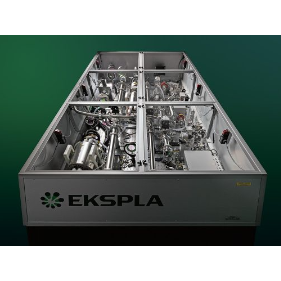


 仪器对比
仪器对比

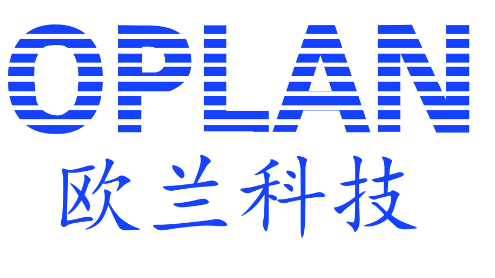

 关注
关注
 样本下载
样本下载

